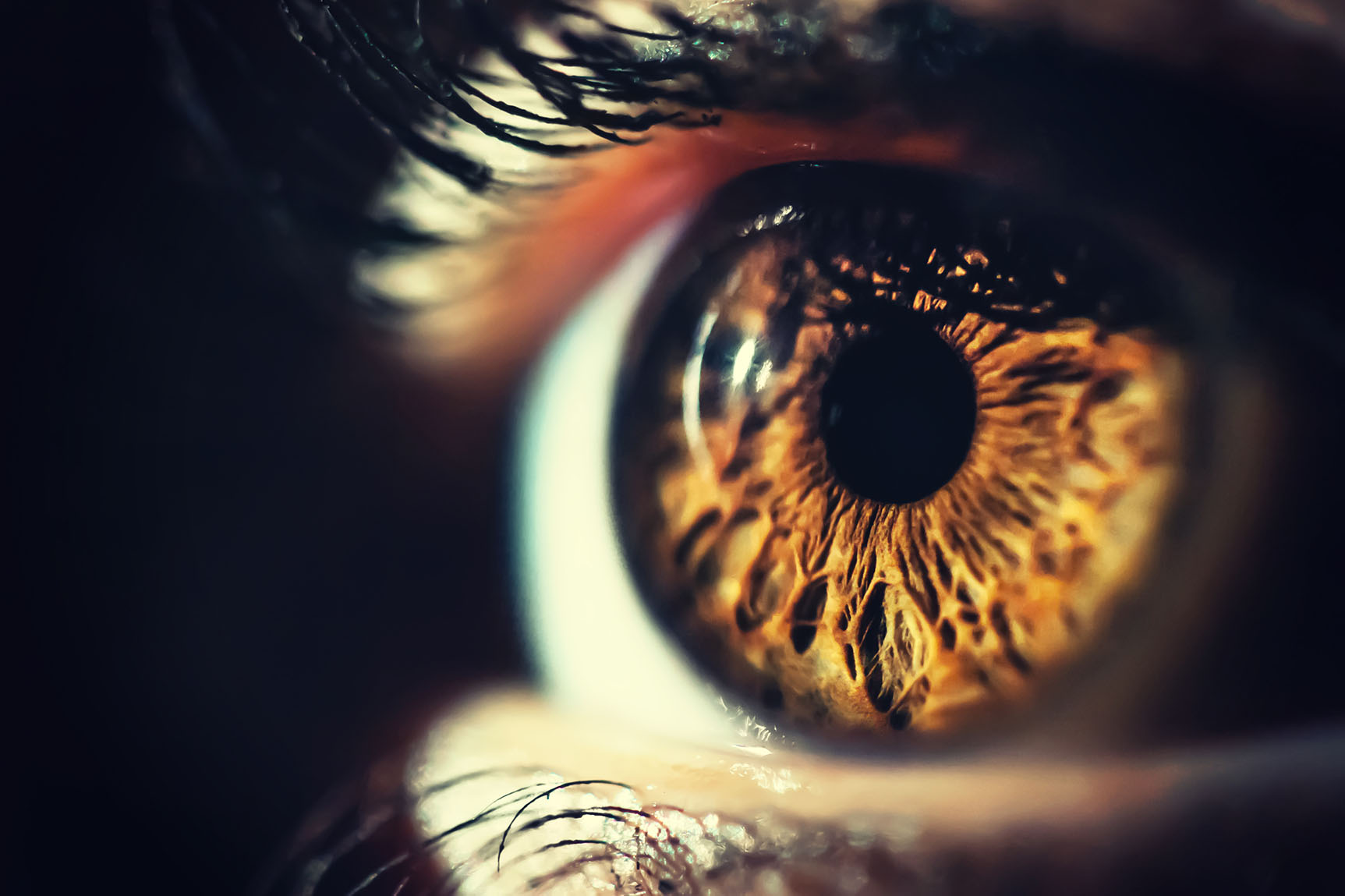Hypertension and diabetes are silent killers and take their toll on the eyes. Conditions like diabetic cataracts, uveitis, diabetic retinopathy, diabetic macular edema and hypertensive retinopathy are just some of the manifestations of chronic conditions like diabetes and hypertension.
Diabetes and Iritis
Iritis is an inflammatory condition that is often accompanied with redness, pain, blurred vision and sensitivity to light. It also causes significant tears. It is caused due to infections like herpes simplex, trauma and other complications like tuberculosis, lupus, sarcoidosis, and other conditions.
Iritis is diagnosed by a slit lamp examination and is generally treated with anti-inflammatory medications and steroidal eye drops. It usually resolves in a few days.
Iritis is also known as anterior uveitis. In people with diabetes, especially people with type 1 diabetes, anterior uveitis is more common and occurs due to unknown causes. These people were known to suffer from cataracts and other eye complications related to diabetes like diabetic nephropathy and diabetic angiopathy. Some people with diabetic autonomic neuropathy experience recurrent episodes of iritis. In this case, iritis can occur in both eyes.
Can Diabetes cause Distortion/Degeneration of the Eye and Iris?
Though distortion of the iris is rare due to medical conditions, it can occur due to trauma, injury, and surgeries. Iris atrophy or death of the iris tissue is a rare disease that occurs due to in-vitro herpes infections.
When it comes to diabetes and eyes, people with diabetes are prone to iris atrophy among many other complications. High blood sugar levels and high blood pressure over a period of time lead to damage of small blood vessels and capillaries. This in turn leads to reduced blood supply to tissues of the iris. Reduced blood supply leads to death of the tissue and thus iris atrophy.
Diabetes and Eyes – Iris Complications
Diabetes is known to cause other iris complications like iris transluminance, and neovascularization of the iris (rubeosis iridis).
Iris transluminance
Iris transluminance is a condition that is common among people with type 2 diabetes. This occurs when there is translucency (like frosted glass) of the iris. This is considered as one of the diabetic retinopathy symptoms considering its close relation to diabetes, diabetic retinopathy, changes in blood vessels, and lack of oxygen supply to tissues due to changes in blood vessels.
Rubeosis iridis
Rubeosis iridis or neovascularization of iris is a condition that is characterized by appearance of new abnormal blood vessels in the iris. This is one of the significant complications of diabetes and eyes as it is an indicator of proliferative diabetic retinopathy.
When changes occur in blood vessels due to diabetes, they are unable to carry nutrients and oxygen to all tissues of the body. This is due to glucose toxicity and high blood sugar levels. When tissues and cells of the eye do not get oxygen and nutrients for a prolonged period of time, there is an overexpression of VEGF (vascular endothelial growth factor). This leads to formation of new and fragile blood vessels that can leak blood and protein into the eye. This is called neovascularization. This neovascularization can lead to retinal detachment, neovascular glaucoma, and is considered as a classic diabetic retinopathy symptom.
Prevention of Diabetes Complications in the eyes -Iris
• Follow the 20-20-20 rule. If you work all day staring in front of the computer, it is advisable to take time off every 20 minutes and stare at an object that is 20 feet away for a duration of 20 seconds. This will relieve eye strain and reduce chances of myopia.
• Usage of proper sunglasses and protective glasses from UV radiation can help reduce risk of tumors and cancers of the eye and cataracts.
• People who are in outdoor professions and are prone to occupational hazards have to wear special glasses that can provide resistance from impact so that trauma and injury to the iris can be prevented.
• Use a sterile eye wash solution (neither acidic nor alkaline) at home to wash your eyes in order to prevent risk of infections.
• Never miss out on your diabetes medications.
• Keep your blood pressure under check.
• Measure your fasting, postprandial and random blood glucose levels periodically.
• Reach your HbA1c targets set by your doctors.
• Get periodical eye examinations.











